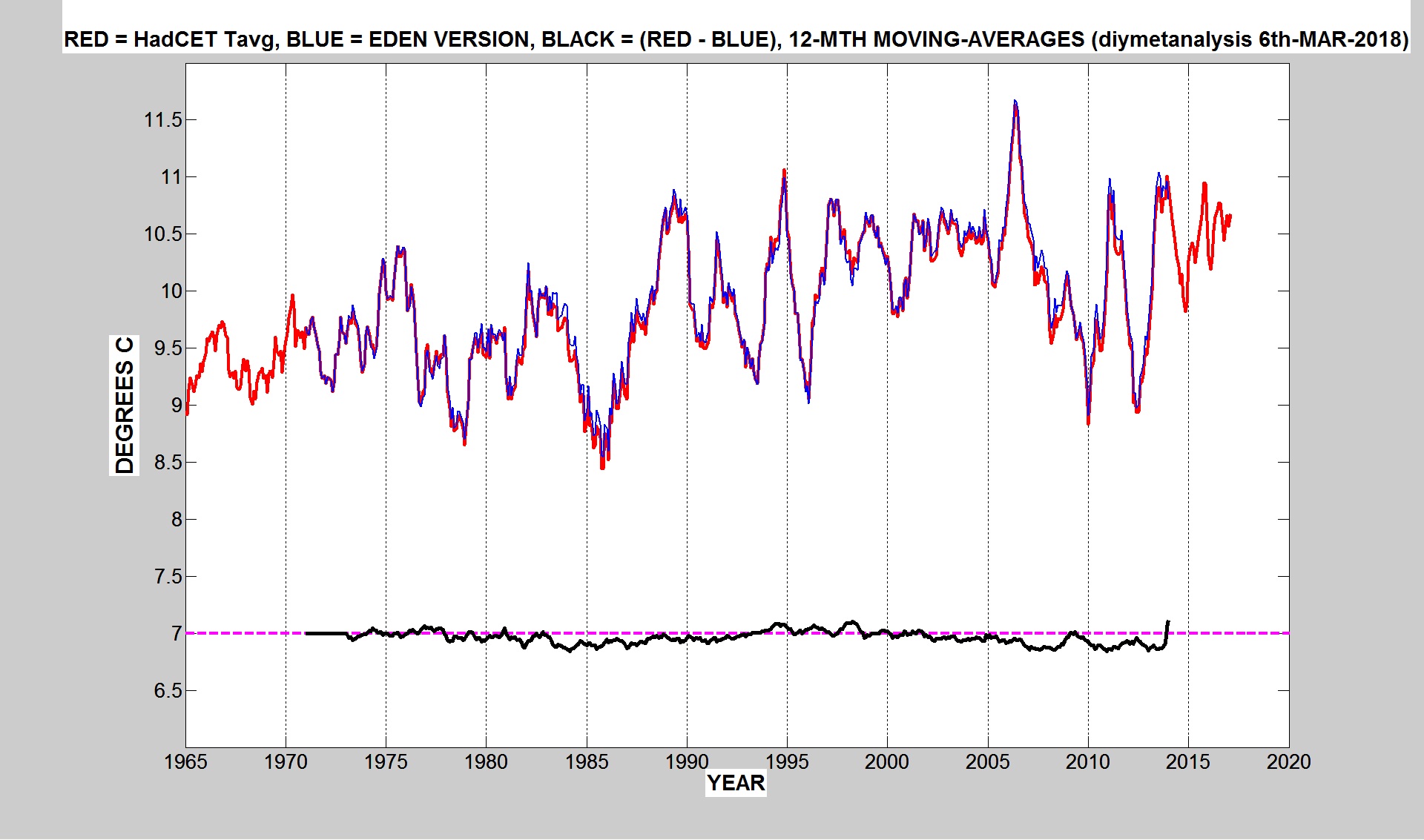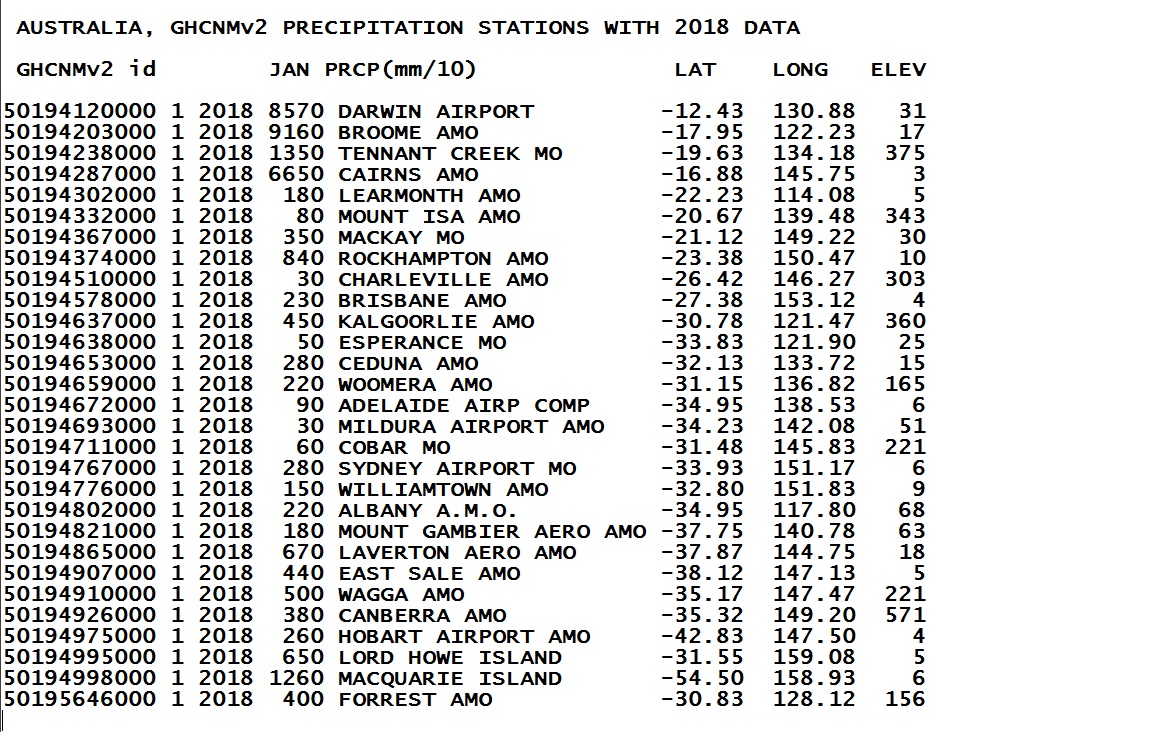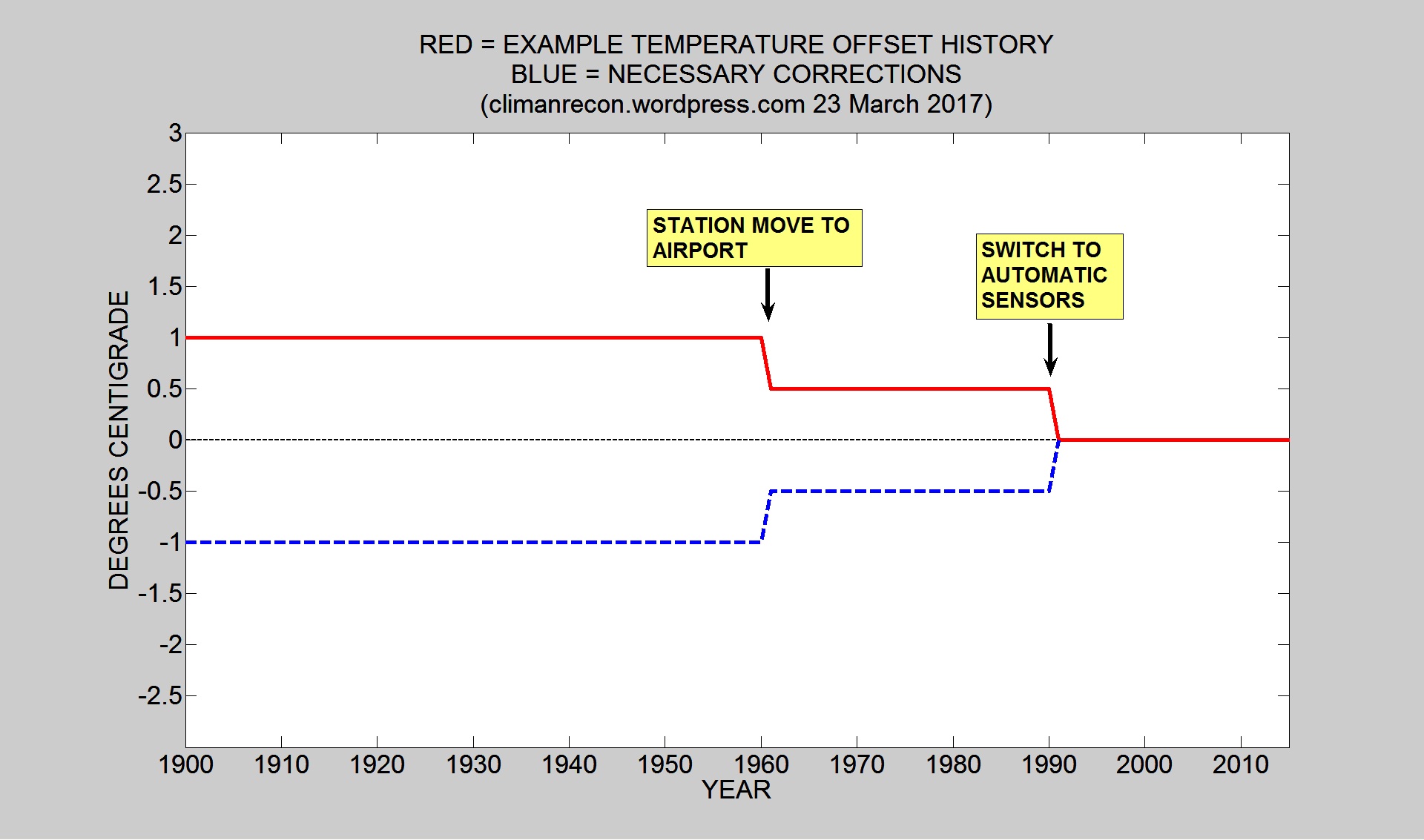
UPDATE: AUGUST 2022
The UK Met Office now provides much of its historical weather data in a freely accessible database called MIDAS-OPEN. You have to register to gain access, but this can be done by anyone.
The MIDAS-OPEN data reveals that there are two observation intervals in use: 12-hour and 24-hour periods for which Tmax and Tmin are recorded. The 12-hour data periods are 21:00 to 09:00, and 09:00 to 21:00, the latter providing the daily Tmax figure. The other data period provides additional information, which may shed some significant light on why Heathrow has often featured in record temperature statistics. For heatwaves the Tmax figure for 21:00 to 09:00 is very likely to be the temperature at 09:00, except for when a heatwave ends overnight.
The following figure shows Tmax data for both 12-hour periods for Heathrow and some near neighbours, for the 2015 heatwave. The neighbours shown are Northolt, Wisley, St James Park, and Farnborough. The figure suggests that whatever caused the high temperature on the afternoon of 1st July was also operating at around 0900 on that day, when the Heathrow temperature was most exceptional for the period shown.

The first part of this post shows snapshots of daily Tmax data for Heathrow Airport for some recent summer heatwaves, together with the data for nearby (6 miles away) RAF Northolt, a small military and civilian airport. The data plotted are from the GSOD database, obtained via OGIMET, which gets the data from NOAA.
For future heatwave analysis the following website provides access to “recent” sub-daily data (up to 56 days old, hourly, or half-hourly or quarter-hourly), and indicates nearby stations, the link is for a station at Heathrow:
https://weather.gladstonefamily.net/site/03772
Heathrow often features in reports of record daily maximum temperatures, and it is of interest to check the validity of its data. Questions have been raised about the influence of urban heating (tarmac and concrete) and aircraft (hot air from engine exhausts). Apologies to those who have raised and analysed these issues, this post does not (yet?) describe or link to that previous work.
Why does Heathrow often feature in reports of record daily maximum temperature? One reason must be its relatively low summer rainfall, with associated high sunshine and low evaporative cooling. It is also nearly as far from the cooling influence of the sea as it is possible to get in Southern England. The following figures (via the UK Met Office website) show summer rainfall and sunshine levels in 2003, one of the heatwave years examined:


The second part of this post shows a comparison of Heathrow monthly average Tmax data with the Berkeley-Earth regional average, showing some anomalous warming at Heathrow during the 20th century.
Daily maximum temperature snapshots, and the differences in temperature, are shown below for heatwaves in the summers of 1990, 2003, 2006, 2015 and 2020. These temperature plots reveal the following:
- There is very good consistency between the 2 temperature records, suggesting an absence of equipment failures
- Maximum temperatures recorded at Heathrow (blue curves) are generally, but not always, a bit higher than those recorded at Northolt (red curves).
- The differences in recorded temperatures are generally lower for the very hot days
- In one year (2020) the recorded temperatures were identical for 4 consecutive days





The following figure shows a scatter plot of all the Heathrow/Northolt temperature differences, versus Heathrow daily Tmax, for the 5 time periods shown above:

SPECULATION
The similarity between the recorded temperatures at the two sites on the hottest days may be a reflection of a common source of air: hot air from the European mainland, with the recorded temperature dominated by that air, with little influence from local heating. The exception of the 1st July 2015, one degree C hotter at Heathrow than at Northolt, may have been due partly or wholly to a local heating influence at Heathrow.
ANOMALOUS WARMING AT HEATHROW
The following figure shows:
- UK Met Office monthly average Tmax data for Heathrow, Cambridge NIAB and Waddington, relative to the Berkeley-Earth monthly regional average Tmax for 52.24N, 0.0W

The following figure shows a comparison between:
- UK Met Office monthly (Tmax + Tmin)/2 from its historical data webpage, for Heathrow
- The diymetanalysis estimate of the regional average Tavg variations for Central England

The figures above reveals some anomalous warming in the 20th century at Heathrow, to be expected due to the conversion of the largely rural site in 1948 to one dominated today by tarmac and concrete. Tmax data shows a step change around 1969, likely due to relocation caused by developments.
REFERENCES
A recent (2021) paper on atmospheric blocking, and its involvement in extreme weather conditions (Atmospheric Blocking and Weather Extremes over the
Euro-Atlantic Sector – A Review):
END OF POST










































